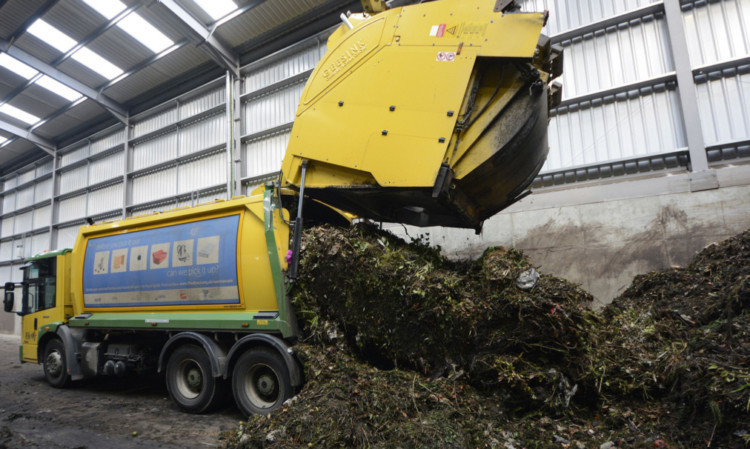Fife Council is leading the way in the UK with plans to generate power from rubbish.
A groundbreaking new £15.5 million plant that will produce renewable power and heat from food and garden waste produced by Fife households has begun processing waste.
The council’s anaerobic digestion plant at Lochhead, near Dunfermline, is currently undergoing hot commissioning. When fully operational, it will process up to 43,000 tonnes of separately-collected food and garden waste every year, producing methane that will be converted to electricity and heat on site.
Enough electricity to power up to 1,500 homes will be sold to the National Grid.
Heat will be pumped into an existing network that already provides heating and hot water to 230 flats and five public buildings around Dunfermline’s town centre. The new plant will also produce up to 18,000 tonnes of compost, which will be marketed to local farmers.
The plant, the first of its kind to be built in the UK, is forecast to save the council more than £1m per year and to reduce carbon emissions by as much as 11,000 tonnes per year.
Councillor Linda Erskine, the chairwoman of Fife Council’s finance and corporate service policy advisory group, said its potential to generate both power and savings was excellent news, especially at a time of big challenges for the council.
“This new plant demonstrates the council’s commitment to consider innovative ways of saving money for the benefit of our communities. It’s also a practical example of our energy strategy that looks to make sure more power and heat is produced from renewable sources.
“The work we are taking forward on possible wind turbine developments and use of biomass is further evidence of that commitment.”
